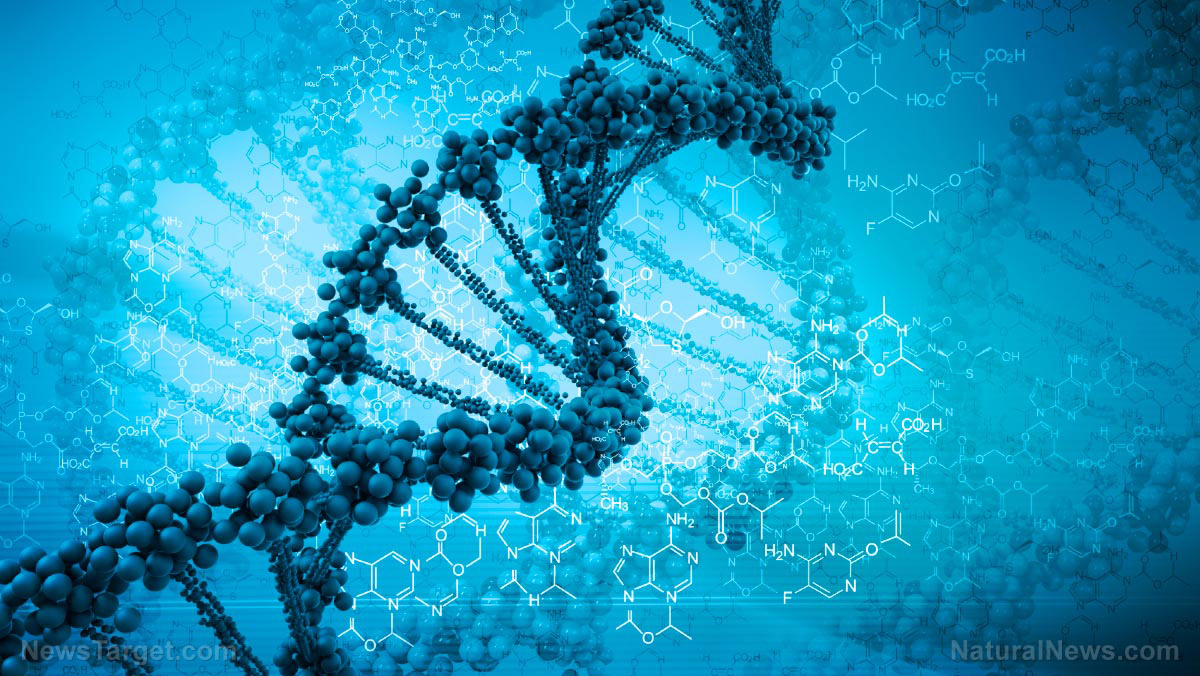
In the 1950s, it was widely assumed that most DNA coded for proteins, but over the years it has become clear that only a portion of a genome is responsible for encoding functional proteins. The term “junk DNA” was first used in 1972 to refer to DNA that has no known function.
University of Houston researchers, led by Dan Graur, used mathematical calculations to determine that only somewhere between 10 and 25 percent of our DNA is functional. They made their calculations using the deleterious mutation rate, which is the rate of harmful mutations, along with the replacement fertility rate. The study was published in Genome Biology and Evolution.
This is in contrast to the ENCODE study of 2012, which claimed that as much as 80 percent of our DNA was functional. That study garnered some criticism for its broad definition of the term “functional.” For Graur’s purposes, DNA that is functional is the part that has evolved to have important evolutionary effects and has a function that is maintained through natural selection.
Graur does not believe the claims of the ENCODE study and dismissed it by saying, “They had spent $400 million, they wanted something big to say.”
Graur believes that a setup with a lower percentage of functional DNA is actually better for humankind’s evolutionary prospects because it exposes less DNA to the risk of mutation, which boosts one’s chances of early death. The non-functional DNA cannot be affected by mutations because it can neither be improved nor damaged. [RELATED: Government study deems gene editing a national security threat.]
Couples would need to have 15 children
He says that if the majority of human DNA was functional, people would accumulate lots of damaging mutations and would need to hit unrealistic birth rates in order to sustain the population.
"For 80 percent of the human genome to be functional, each couple in the world would have to beget on average 15 children and all but two would have to die or fail to reproduce," he said.
According to historical population records, each couple per generation has had to produce a little more than two children in order to keep a stable population size. Over the past 200,000 years, the maintenance fertility rate has hovered between 2.1 and 3.0 children per couple; the global population remained pretty much static until infant mortality rates fell and fertility rates exceeded replacement levels in the 19th century.
Graur claims that knowing the exact amount of DNA that is functional could help biomedical researchers to focus their efforts only on the parts that could prevent or cure diseases rather than sequencing everything.
Is most of our DNA really useless?
This estimate dovetails with a 2014 study that compared the human genome with that of other species and determined that around 8 percent is functional.
One of the authors of that study, The University of Edinburgh’s Chris Ponting, said that the two findings were supportive of each other, adding, “We are walking around with a genome where only 1 in 10 bases actually matters.”
Meanwhile, the University of Guelph’s Ryan Gregory says that we simply do not know just how much of human DNA has non-sequence related functions. He concedes that a lot of it could be “junk," but cautions that we don’t yet know just how much DNA carries a non-sequence related function, adding that some parts of DNA are still useful despite having no important sequence.
Sources include:
Please contact us for more information.























